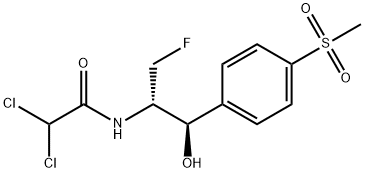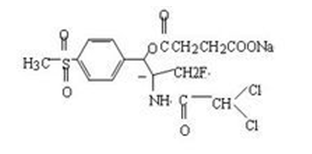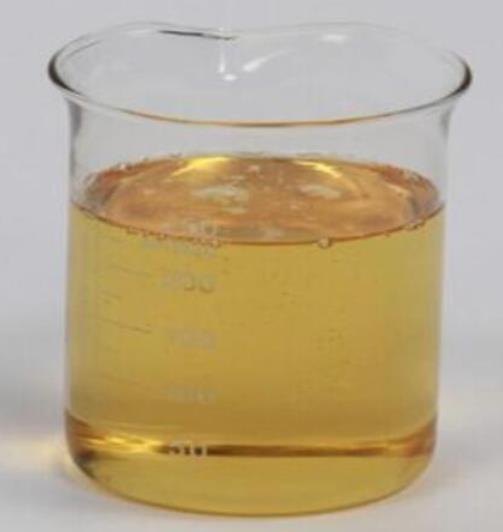Florfenicol: A Comprehensive Overview of its Synthesis, Composition, Applications, and Storage
Introduction
In the field of veterinary medicine, Florfenicol stands out as a broad-spectrum antibiotic derived from thiamphenicol, primarily used for the treatment of bacterial diseases in farm animals. With its robust efficacy against a variety of pathogens, Florfenicol has become a critical tool in preventing and managing infections, especially in environments where quick mitigation of bacterial diseases is essential. This article delves deeper into the synthesis, composition, applications, and storage of Florfenicol, highlighting its significance and operational mechanisms within the pharmaceutical chemistry sector. We aim to provide a thorough understanding of its chemical attributes and practical benefits, elucidating why it remains a preferred choice in veterinary treatments.
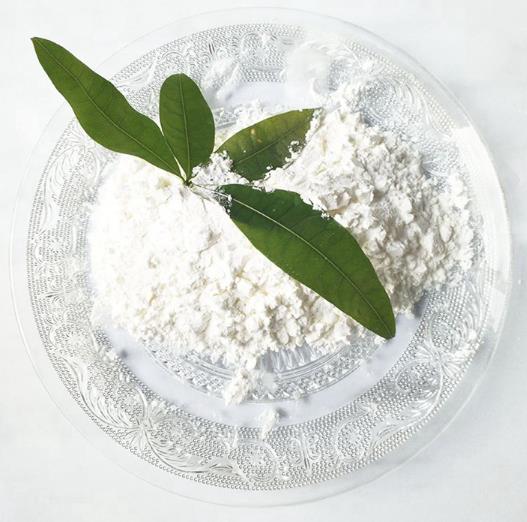
Figure 1 Characteristics of Florfenicol
Synthesis of Florfenicol
Florfenicol is synthesized through a series of chemical reactions that enhance the antibiotic potency and spectrum of the parent compound, thiamphenicol. The synthesis process typically involves the acetylation of thiamphenicol, where the hydroxyl group is replaced with a fluorinated acetyl group. This modification not only increases its antibacterial activity but also reduces potential side effects related to bone marrow toxicity. The key to its synthesis is maintaining rigorous conditions to ensure the stability of the fluorine group, which is pivotal for its effectiveness.
Main Components
The primary component of Florfenicol is its active ingredient, which acts as a bacteriostatic agent by inhibiting protein synthesis in bacteria. It achieves this by binding to the 50S ribosomal subunit, thus preventing the translocation steps of protein synthesis. The structural integrity of Florfenicol, particularly its fluorinated molecular configuration, enhances its resistance to bacterial enzymes that typically degrade other phenicol antibiotics. This resistance is crucial in environments with high bacterial loads where rapid mutation can render many treatments ineffective. Furthermore, the addition of a fluorine atom not only improves its pharmacological properties but also its bioavailability and distribution within animal tissues, making it more effective against deep-seated infections.
Applications
Florfenicol is extensively used in veterinary medicine, particularly in aquaculture and livestock, due to its ability to combat a wide array of Gram-positive and Gram-negative bacteria. This makes it an essential antibiotic for treating respiratory infections in cattle and sheep, as well as enteric infections in poultry and aquaculture. Its efficacy extends to diseases like bovine respiratory disease complex (BRDC), commonly known as shipping fever, and foot rot in cattle. In addition to these applications, Florfenicol is also used in the treatment of swine respiratory diseases and has been found effective in managing outbreaks of scours in calves and lambs, enhancing recovery rates, and reducing mortality. Its use in aquaculture is particularly significant, as it helps control diseases in fish and shrimp caused by bacteria such as Vibrio and Streptococcus. The versatility and broad-spectrum activity of Florfenicol make it a valuable tool in the management of infectious diseases across various animal species, contributing significantly to the health and productivity of animal populations globally.
Storage Methods
Proper storage of Florfenicol is crucial for maintaining its efficacy and shelf life. The compound should be stored in a cool, dry place away from light and moisture. Temperatures should ideally be kept below 25 degrees Celsius, and the product should be sealed in airtight containers to prevent degradation from exposure to air or humidity. Handling procedures should also ensure minimal exposure to heat and direct sunlight, as these factors can lead to decomposition and loss of potency.
Conclusion
Florfenicol represents a pivotal advancement in veterinary pharmaceuticals, providing effective treatment options for a range of bacterial infections. Its unique synthesis, robust composition, and broad-spectrum efficacy make it a critical component in the arsenal against animal diseases. Understanding the intricacies of its storage and application ensures that it continues to serve as a reliable and potent antibiotic, safeguarding the health of livestock and contributing to the stability of food supplies worldwide.
![Article illustration]() References
References
[1]Horsberg, Tor Einar, Kjell Arne Hoff, and Rolf Nordmo. "Pharmacokinetics of florfenicol and its metabolite florfenicol amine in Atlantic salmon."Journal of Aquatic Animal Health8.4 (1996): 292-301.
[2]Dowling, Patricia M. "Chloramphenicol, thiamphenicol, and florfenicol."Antimicrobial therapy in veterinary medicine(2013): 269-277.
Related articles And Qustion
Lastest Price from Florfenicol manufacturers
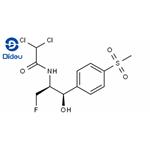
US $0.00-0.00/KG2025-11-25
- CAS:
- 73231-34-2
- Min. Order:
- 1KG
- Purity:
- 98
- Supply Ability:
- 10000KGS

US $0.00/kg2025-04-23
- CAS:
- 73231-34-2
- Min. Order:
- 25kg
- Purity:
- 98%min; CPV2015.
- Supply Ability:
- 10tons/month
